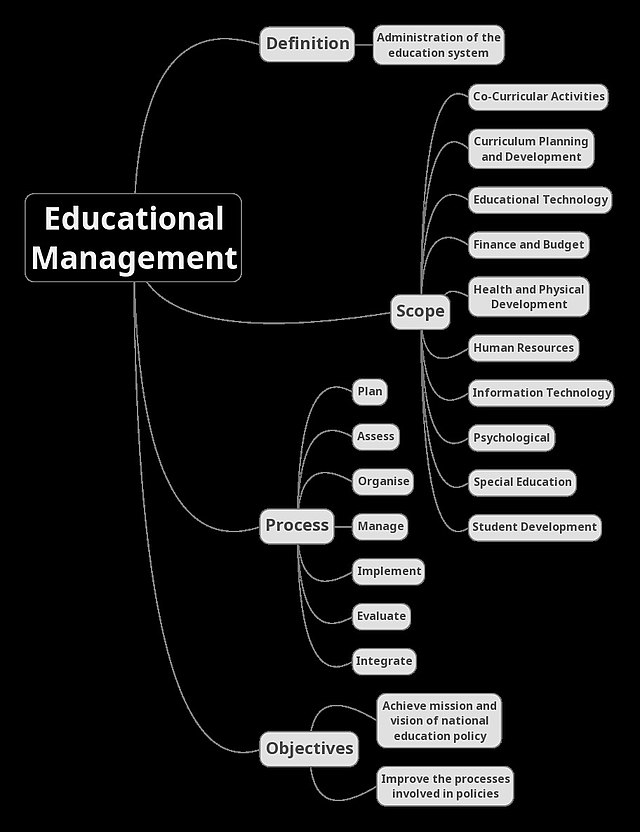
🌿 How Personalization Can Revolutionize Your Yoga or Meditation Experience 🌿
Yoga and meditation are profoundly individual practices, deeply rooted in philosophies that date back thousands of years. Throughout the years, these ancient traditions have evolved and adapted to meet the needs of contemporary practitioners. One significant transformation in recent times has been the increasing recognition of personalization — the notion that wellness practices should cater to your distinct needs, goals, and experiences.
Whether you’re stepping onto the mat for the very first time or deepening a meditation practice that spans a decade, your journey will be most enriching when it is customized for you.
Let’s delve into how tailoring your yoga and meditation practice to your specific needs can enhance your spiritual, physical, and emotional health.
🧘♀️ 1. The Significance of Connection: Discovering a Teacher That Resonates with You
In any educational setting — whether academic, spiritual, or physical — the instructor plays a crucial role. This is equally true for yoga and meditation.
Each teacher possesses a personal philosophy and intention. Some may concentrate on physical alignment and discipline, while others may focus on emotional healing, mindfulness, or spiritual connection. Neither approach is intrinsically superior. It all depends on what connects with you.
For instance, if you’re dealing with trauma or mental health issues, finding a teacher who integrates nervous system regulation, trauma-informed language, and mindfulness techniques may provide more support than a class focused solely on fitness.
The true magic occurs when your teacher’s intentions align with your own — whether that’s achieving emotional release, inner tranquility, heightened awareness, or simply establishing a consistent practice.
🧠 2. Learning Styles Are Important—Even on the Mat
Everyone has unique learning styles. Some of us excel through auditory guidance, while others are more attuned to visuals or written instructions. This variety of learning styles applies to wellness as well.
Perhaps you are an auditory learner who flourishes with teachers who incorporate mantras or sound therapy tools like Tibetan singing bowls. Maybe you’re a visual learner who gains insights by closely observing your teacher’s movements. Or you may find that clear written instructions are necessary for a meditation to resonate.
Recognizing these preferences will aid you in selecting instructors, apps, and classes that feel instinctive — thereby making your practice more effective and enjoyable.
💫 3. Personal Experiences Influence Spiritual Requirements
No two lives are identical — thus, no two practices should be the same.
Your background, experiences, and emotional state influence what you seek from yoga or meditation. Someone healing from trauma may desire grounding, stillness, and gentle breathwork. Another person dealing with anxiety may need repetitive, calming routines. A creative block might be eased by heart-opening flows or reflective journaling meditations.
Understanding your needs isn’t selfish — it’s about self-awareness. Recognizing that these needs may change daily, weekly, or through different life phases allows you to continuously evolve with your practice.
✨ A personal story exemplifies this: someone who experienced childhood abuse might find comfort in guided meditations that focus on emotional security and stability. For them, affirmations like “I am safe. I have a home. I have financial stability. I am well,” transform into more than mere words — they serve as a framework for reshaping internal narratives.
🎧 4. Affirmations Aren’t Universal Solutions — and That’s Okay
While positive affirmations are commonly used in meditative and yogic practices, studies indicate they aren’t beneficial for everyone. A 2009 research article in the journal Psychological Science titled “Positive Self-Statements: Power for Some, Peril for Others” revealed that affirmations may be counterproductive for individuals with low self-esteem, leading to feelings of inauthenticity, guilt, and self-doubt.
This underscores the importance of selecting messages and tools that align with your current mental and emotional state. The beauty of yoga and meditation lies in their flexibility. There’s no need to impose practices that don’t resonate with you.
Perhaps instead of affirmations, you respond better to silent introspection, music, visualizations, or somatic movement. All these approaches are valid. They are all part of yoga.
🌈 5. Honor Your “Silly” Preferences—They Matter Too
It’s easy to trivialize preferences — “I shouldn’t be concerned about the teacher’s voice,” or “I should be able to adapt to this style.” However, those subtle preferences are important and deserve attention.
You might prefer an instructor who shares personal stories, uses calming ambient music, or offers shorter sessions. It’s also valid to have aversions to certain phrases or vocal tones in classes. That’s not superficial; it’s your intuition guiding you toward harmony.
When your environment — whether it’s a studio or your own living room — becomes a space free of judgment where you can respect your preferences, your entire practice becomes safer, gentler, and more spiritually fulfilling.
🌀 6. The Journey Takes Time — And That’s Beautiful
Don’t feel disheartened if you haven’t stumbled upon your “ideal” yoga teacher or meditation guide within your first month —